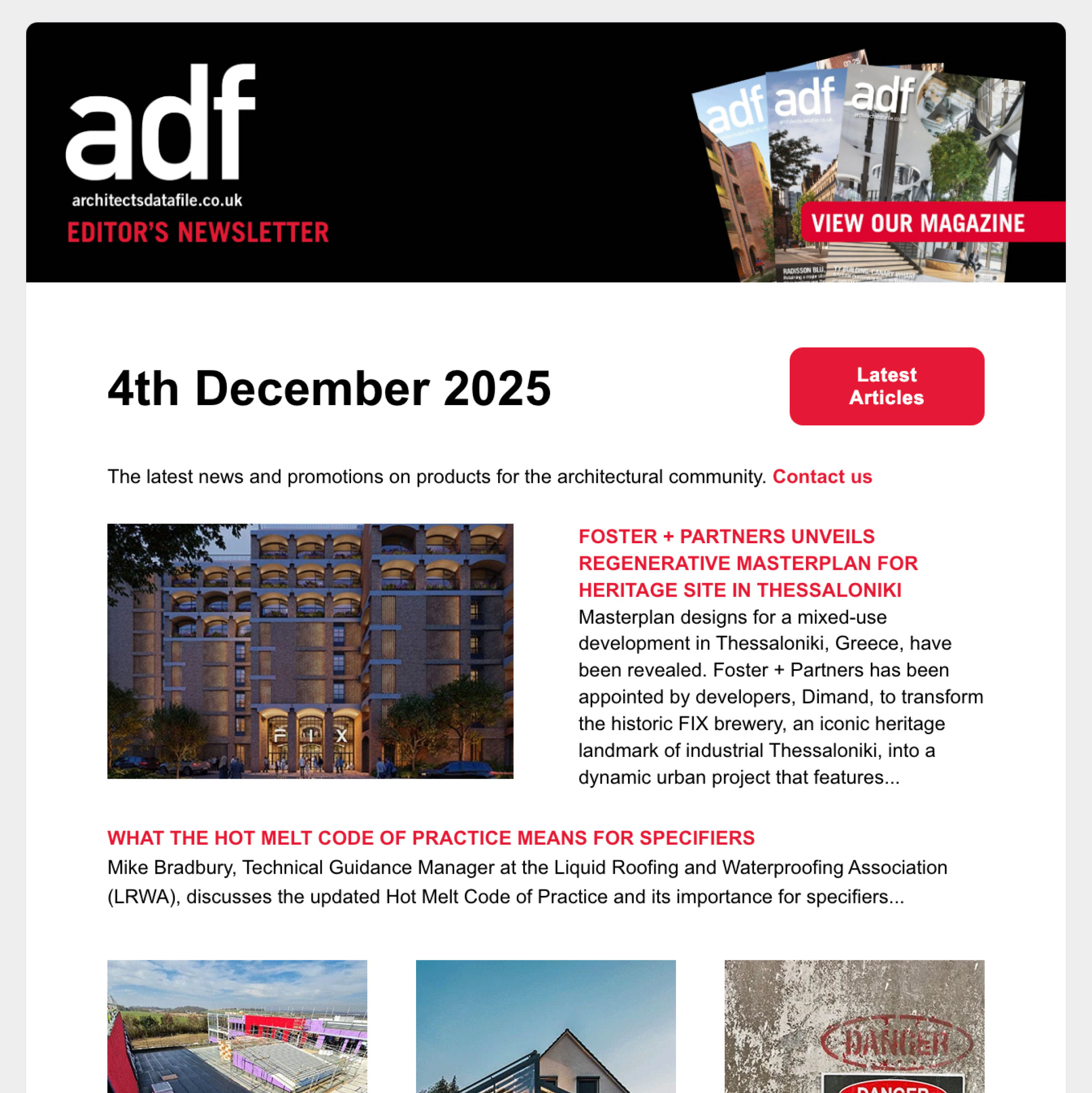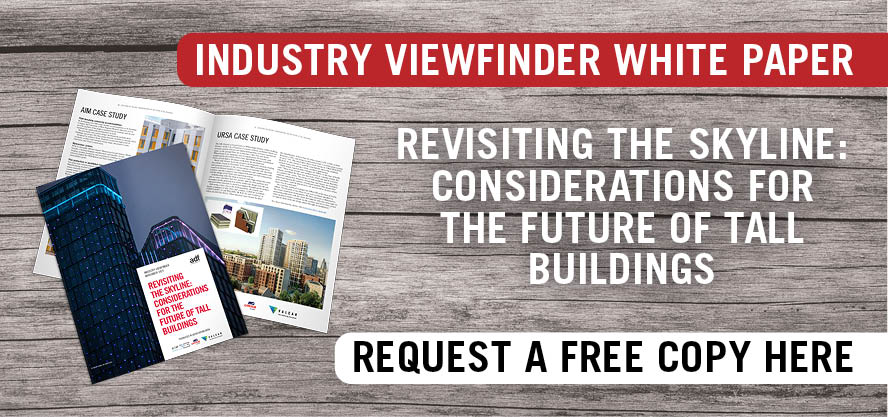Construction is one of the most dangerous industries in the UK. Statistics show that every year, tens of thousands of construction workers suffer from work-related ill-health or serious injury. What’s more, the fatal injury rate in the construction industry is three times higher than that across all other industries.
By adhering to CDM Regulations, construction companies and contractors can ensure that risk is kept to a minimum and that workers, occasional staff and site visitors are also protected from harm.
Post the Grenfell tragedy, the Building Safety Act 2022 has introduced the requirement for the specific Building Safety Act Principal Designer Duties, that is a mandated requirement for all high risk buildings (those over 18m or 7 storeys).
The Act applies to construction, refurbishment and on any works on Higher Risk Buildings (HRB’s). Under the BSA there is a requirement to demonstrate building safety through a new system of gateway points during design & construction and a safety case report during occupation. The Act, amongst other things, introduces the role of ‘The BSA-PD’ who must ‘plan, manage, monitor design works, and co-operate, coordinate and communicate to ensure design work, if built complies with Building Regulations’.
The Building (Higher-Risk Buildings Procedures) (England) Regulations 2023 contain these additional requirements, including the need for a ‘competence declaration’ and a ‘Building Regulations compliance statement’ to be provided as part of an HRB Building Control approval application. The Principal Designer must ensure an ‘appropriate frequency of inspections’ of HRB design work for safety occurrences throughout the construction phase, with a safety occurrence being an aspect of the design relating to the structural integrity or fire safety of a higher-risk building that would, if built, meet the risk condition that use of the building in question without the incident or situation being remedied would be likely to present a risk of a significant number of deaths, or serious injury to a significant number of people.
A summary of the CDM regulations
The Construction (Design and Management) Regulations outline a number of steps that should be taken to ensure risk is effectively managed throughout construction projects.
The three main CDM roles are CDM Client, CDM Designer and CDM Contractor.
For projects involving more than one contractor, the additional roles of Principal Designer (PD) and Principal Contractor (PC) are required to plan, manage, monitor and coordinate the work.
These health and safety responsibilities and project duties are divided between the respective “duty holders”, comprising the individuals involved in the construction project – such as the clients, designers, contractors and workers.
Client Responsibilities
- Appointing project roles
- Preparing a Client brief
- Ensuring sufficient time and resources
- Providing pre-construction information
- Notifying the HSE when the criteria are met
Principal Designer Responsibilities
- Helping the Client set up the project
- Advising the Client on time and resources required
- Assisting the Client to collate pre-construction information
- Identifying and eliminating foreseeable risks
- Liaising with the Principal Contractor and other Designers
- Taking charge of the Health and Safety file
Principal Contractor Responsibilities
- Considering all Health and Safety risks
- Liaising with the Client and Principal Designer
- Preparing a Construction Phase Plan
- Providing suitable welfare facilities
- Managing contractors and other workers
Designer Responsibilities
- Referring to pre-construction information, ensure the Client knows their responsibilities when preparing or modifying designs
- Considering risks during design creation process
- Providing design information as required
Contractor Responsibilities
- Ensure Clients know and understand their responsibilities
- Managing workers and other staff
- Preventing access to unauthorised persons
Who you need to know – introducing our team of experts
Naveed Mohammed – Health & Safety Divisional Lead
CDM regulations and asbestos expertise facilitates Naveed’s exceptional support for businesses across sectors including construction, retail, commercial, PFI and public bodies. By fully immersing himself in each business, Naveed works to understand client responsibilities and help navigate the complexities of health and safety regulations, mitigate the risks and oversee their health and safety deliverables.
Neil Triggs – Head of Property Compliance
Neil’s 35 years as a Chartered Surveyor and Project Manager alongside 25 years of senior leadership across multi-disciplinary consultancies, are the foundation for his role within the Inspectas CDM team. His blend of leadership, operational service delivery and commercial experience, are invaluable for any client looking to navigate the CDM minefield.
Scott Macarthur – Principal Fire Risk Consultant
Scott Macarthur has 25 years of experience in the property and construction compliance sector specialising in fire risk consultancy in public sector, residential, commercial, retail, production, banking and the energy industries.
Kristian Bailey – Senior Asbestos and Framework Manager
As an asbestos consultant for 20 years, Kristian has worked with local authorities, blue chip clients, industrial, commercial, NHS, architects, leisure and heritage client, carrying out site works (air monitoring & surveying) across portfolios as well as overseeing project works on buildings for asbestos – from tender to completion. More recently Kristian has been utilising his SMSTS qualification to support general site management teams where asbestos has been identified.
For High Risk Buildings (HRBs) under the Building Safety Act 2022, we partner with a specialist Building Control consultancy to provide a seamless technical assurance and review service to ensure the requirements of the Act are delivered as part of the CDM Principal Designer role to assist Clients manage and discharge their duties under the Act.
For further details or more information, visit www.inspectas.co.uk email info(Replace this parenthesis with the @ sign)inspectas.co.uk or call 0800 802 1624



